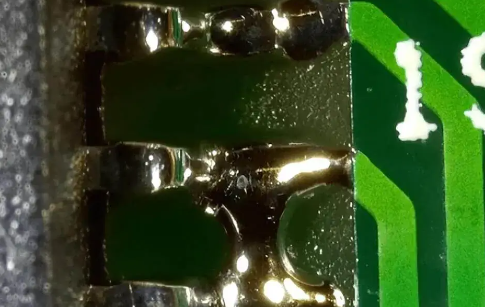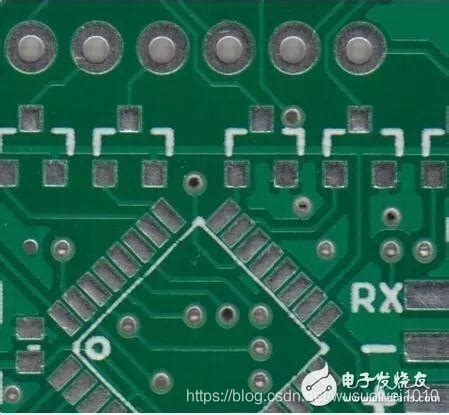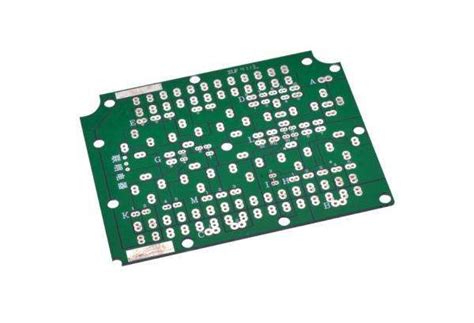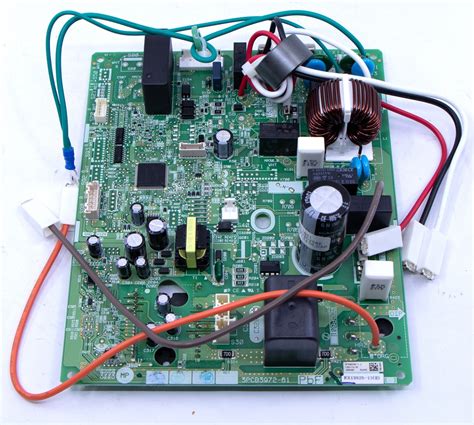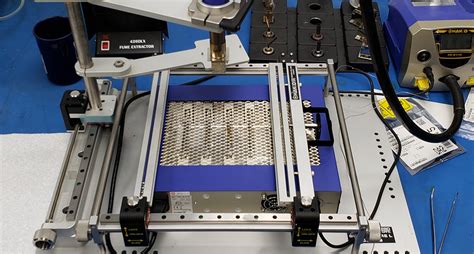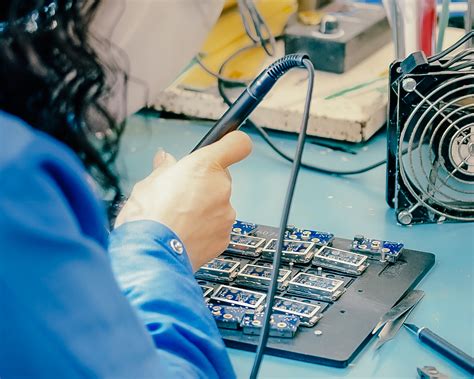Enhanced Performance of Multilayer Metal Core PCBs Explained
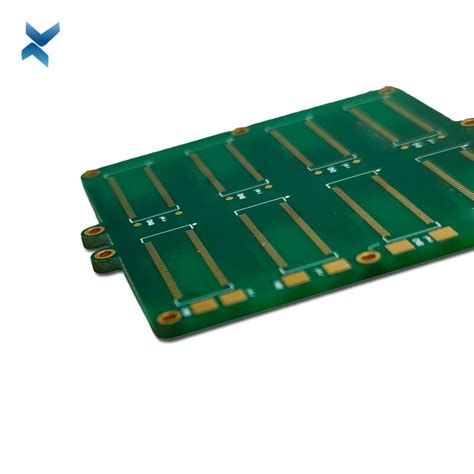
Key Takeaways
In understanding multilayer metal core PCBs, you will find that these advanced designs offer significant benefits over traditional boards, particularly in thermal management and electrical performance. The unique construction of these PCBs allows for superior heat dissipation, making them ideal for high-power applications. PCB manufacturing companies increasingly recognize the advantages these boards bring, which can significantly reduce the pcb manufacturing cost due to improved reliability and reduced defects.
When comparing multilayer metal core PCBs to standard FR4 boards, there’s a notable difference in their ability to manage heat. This effectively translates to enhanced performance in electronic devices. The integration of advanced laminating technologies has made it possible for you to customize designs that optimize both heat conductivity and electrical insulation, which is essential in the current fast-paced technological environment.
Moreover, various applications—from LED lighting to automotive electronics—benefit from these improvements. You may be interested in exploring how different pcb manufacturing business strategies can leverage these advantages to achieve greater market competitiveness.
“Incorporating multilayer metal core technology into your designs may not only enhance product performance but also reduce long-term costs.”
As you navigate the landscape of PCB options, keep in mind the many advantages that multilayer metal core technology brings to your projects. For further information on advanced PCB solutions, you can visit Andwin PCB.
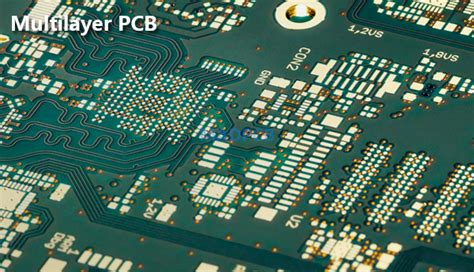
Introduction to Multilayer Metal Core PCBs
In the realm of PCB manufacturing, multilayer metal core PCBs represent a significant advancement over traditional materials, such as FR4 boards. These innovative designs capitalize on the unique properties of metal cores, enhancing thermal management and allowing your devices to perform efficiently even under demanding conditions. Unlike standard options, multilayer configurations leverage improved heat dissipation capabilities, which is crucial for applications where overheating could lead to failure. As a result, you may find that partnering with specialized pcb manufacturing companies allows you to access these advanced technologies more effectively. The pcb manufacturing cost associated with multilayer metal core boards can often be justified by the increase in reliability and performance they bring to complex electronic systems. Moreover, investing in a pcb manufacturing business that prioritizes these progressive methods will enable you to stay competitive in a fast-evolving marketplace while ensuring your products can handle the growing demands of modern technology. The transition towards multilayer metal core options is not just a trend—it is becoming essential for maintaining high performance in electronic applications across various industries.
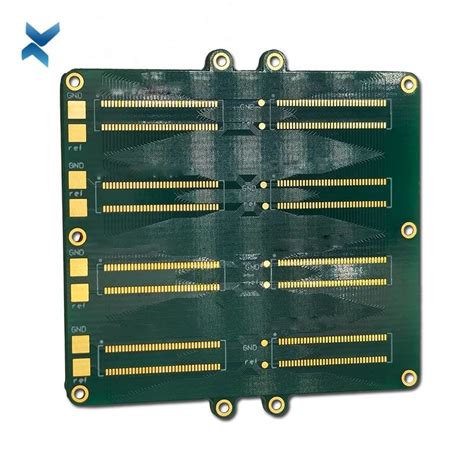
The Basics of Thermal Management in PCBs
Thermal management in PCBs is a critical aspect that influences the overall performance and lifespan of electronic devices. Multilayer metal core PCBs stand out significantly in this area due to their superior thermal conductivity compared to traditional FR4 boards. When you delve into the realm of pcb manufacturing, you may come across various materials, but the incorporation of metal cores can drastically improve heat dissipation. As you explore options from different pcb manufacturing companies, consider the impact of advanced materials that facilitate better heat transfer away from sensitive components. This not only enhances efficiency but also reduces the likelihood of thermal stress that could lead to device failure. Additionally, while assessing pcb manufacturing costs, remember that investing in high-quality multilayer designs can result in long-term savings by preventing overheating and extending equipment longevity. For those engaged in the pcb manufacturing business, adopting these technologies can position you ahead of competitors, as they not only meet but exceed modern thermal management requirements, ensuring your products are reliable in demanding environments.

Comparing Multilayer Metal Core PCBs and FR4 Boards
When evaluating multilayer metal core PCBs against traditional FR4 boards, there are several key differences that can significantly impact your choice in pcb manufacturing. One of the most critical factors is thermal management. Metal core PCBs excel in dissipating heat more effectively, which is essential for high-power applications where overheating can be a concern. This improved thermal conductivity not only enhances performance but also contributes to a longer lifespan for your electronic devices.
Moreover, when you consider your options with various pcb manufacturing companies, you will find that the pcb manufacturing cost for multilayer metal core designs may initially appear higher. However, this investment often pays off in reduced failure rates and enhanced reliability over time, minimizing long-term expenses associated with maintenance and replacement. In the realm of pcb manufacturing business, leveraging advanced materials like those found in multilayer designs not only results in superior performance but also aligns with emerging trends toward miniaturization and efficiency in modern electronics.
Ultimately, weighing these factors will assist you in making an informed decision that aligns with your project’s specific requirements, ensuring optimal performance and longevity of your electronic systems.
Advantages of Advanced Laminating Technologies
The use of advanced laminating technologies in pcb manufacturing significantly enhances the overall performance of multilayer metal core PCBs. These technologies allow for improved bonding between the various layers, which results in better thermal conductivity and increased durability. By utilizing high-performance materials and precise processing techniques, these companies manage to reduce pcb manufacturing cost while maintaining exceptional quality standards. This synergy not only boosts the reliability of electronic components but also aligns with the rising demand for compact and efficient designs in various applications. Furthermore, as you explore options with different pcb manufacturing companies, you might notice that those implementing these state-of-the-art laminating processes often provide products that demonstrate superior electrical performance compared to traditional FR4 boards. This advancement not only makes it easier for your projects to meet stringent thermal management requirements but also enhances scalability within your pcb manufacturing business. Emphasizing these benefits will ensure you make informed decisions when selecting materials and technologies for your future projects.
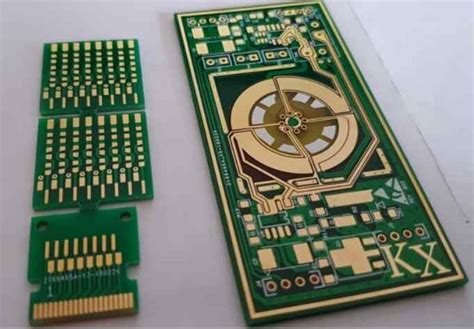
Electrical Performance Improvements in Multilayer Designs
The electrical performance of multilayer metal core PCBs represents a significant leap over traditional options, particularly FR4 boards. One of the most crucial aspects is their ability to manage higher levels of current density without suffering from overheating issues. This is primarily due to the use of advanced materials and design techniques, which facilitate superior heat dissipation. As you explore different pcb manufacturing companies, you will find that a focus on multilayer configurations can lead to enhanced signal integrity, benefiting high-frequency applications immensely. Additionally, the integration of metal cores in multilayer designs reduces impedance, yielding improved electrical performance overall. By investing in multilayer metal core solutions, your business can reduce its overall pcb manufacturing cost while achieving greater reliability in electronic devices. In your pursuit of quality and efficiency, these improvements establish a compelling case for considering multilayer designs within your pcb manufacturing business, ensuring your products not only perform better but also remain competitive in an ever-evolving market.
Applications and Use Cases for Multilayer Metal Core PCBs
Multilayer metal core PCBs are gaining popularity across various industries due to their superior thermal management and electrical performance. One prominent application is in LED lighting, where efficient heat dissipation is critical to maintain the longevity and functionality of the components. These boards allow your systems to operate at optimal temperatures, significantly reducing the risk of failure. Another area where multilayer metal core PCBs excel is in automotive electronics. With the increasing demand for advanced functionalities in vehicles, such as electric drivetrains and advanced driver-assistance systems (ADAS), the need for reliable and efficient circuit boards becomes paramount. By incorporating multilayer metal core designs, you can enhance performance while keeping pcb manufacturing costs manageable.
In the realm of consumer electronics, mobile devices benefit from these types of boards, offering improved signal integrity and reduced electromagnetic interference. For those in pcb manufacturing, addressing thermal challenges can differentiate your business from competitors while fulfilling client demands for high-performance products. By leveraging advanced laminating technologies within multilayer designs, you ensure that your pcb manufacturing business stands at the forefront of innovation, catering not just to current needs but also adapting to future technologies.
Overall, as industries continue to evolve with a push toward miniaturization and increased functionality, the use cases for multilayer metal core PCBs will undoubtedly expand—offering numerous opportunities for growth within your sector while maximizing efficiency and performance across all applications.
Future Trends in PCB Technology
As you delve into the world of PCB manufacturing, it’s essential to keep an eye on the evolving trends that shape the industry, particularly concerning multilayer metal core PCBs. One significant trend is the increasing adoption of flexible and integrated designs, allowing for more compact and efficient electronic devices. This shift not only enhances thermal management but also significantly reduces the PCB manufacturing cost, making multilayer metal core PCBs more accessible for various applications.
PCB manufacturing companies are also focusing on incorporating advanced materials that contribute to better heat dissipation and durability, which is crucial in high-performance environments. Additionally, with advancements in automation and innovation in laminating technologies, your PCB manufacturing business can significantly boost productivity while maintaining high-quality standards. The growing demand for electric vehicles (EVs) and renewable energy solutions is likely to drive further developments in multilayer metal core designs, as they offer superior electrical performance compared to conventional options like FR4 boards.
By staying informed about these trends, you position your business to leverage emerging opportunities in a competitive market. Embracing such innovations not only enhances your product offerings but also establishes your reputation as a forward-thinking player in the PCB manufacturing sector.
Conclusion
In summary, the pursuit of multilayer metal core PCBs represents a significant advancement in the printed circuit board (PCB) industry. Their ability to manage thermal stress effectively while delivering enhanced electrical performance sets them apart from traditional FR4 boards. As you navigate your options for PCB manufacturing, acknowledging the benefits of multilayer designs is crucial. The superior thermal conductivity offered by metal cores helps in minimizing heat-related failures, which can be particularly beneficial for high-power applications. Moreover, as you consider the costs associated with PCB manufacturing, understanding the long-term savings from reduced failure rates and increased reliability can greatly influence your decisions. In an era where technology continuously evolves, partnering with proficient PCB manufacturing companies can lead to innovative solutions tailored to your needs. Whether you’re launching a new product or looking to enhance existing designs, staying informed about the latest in multilayer technology is essential for success in your PCB manufacturing business.
FAQs
What are multilayer metal core PCBs?
Multilayer metal core PCBs are printed circuit boards that utilize a metal base, typically aluminum or copper, combined with multiple layers of dielectric material for enhanced thermal and electrical performance.
How do multilayer metal core PCBs improve thermal management?
These PCBs effectively dissipate heat due to their metal cores, making them preferable for high-power applications. The superior thermal conductivity of metals helps maintain optimal operating temperatures, ensuring reliability and longevity.
What are the cost implications of using multilayer metal core PCBs?
While the pcb manufacturing cost of multilayer designs might be higher than traditional options like FR4 boards, the long-term benefits of improved performance and reliability can justify the initial investment, particularly for high-performance applications.
Who are the top PCB manufacturing companies that specialize in multilayer designs?
There are several leading pcb manufacturing companies known for their expertise in multilayer applications. Companies specializing in advanced technologies and offering comprehensive services can provide you with high-quality solutions tailored to your needs.
What factors affect PCB manufacturing costs for multilayer designs?
Factors influencing pcb manufacturing cost include materials used, layer count, complexity of design, and volume of production. Choosing the right partner can impact both costs and quality significantly.
Can I use standard processes to produce multilayer metal core PCBs?
While some techniques overlap with traditional pcb manufacturing, specialized methods along with advanced laminating technologies are typically required to produce optimal results for multilayer metal core PCBs, enhancing their performance capabilities.


